Mathieu Loizeau
Functional transformations of sensory information in the brain: the mouse olfactory system as a model
Team: Harold Cremer (IBDM) - Jean-Claude Platel (IBDM) - Hervé Rouault (CPT)
His background
September 2019 - present | CENTURI PhD student
2017 - 2019 | MSc Neuroscience - Aix-Marseille University (France)
2014 - 2017 | BSc in Animal Physiology and Neuroscience - Poitiers University (France)
Contact
About his PhD project
In rodents, odor stimuli generate collective activities in neuronal populations of the olfactory system. In the first sensory layer, olfactory sensory neurons project into discrete units called glomeruli, within the main olfactory bulb. Combinations of excited and inhibited glomeruli encode odors by forming spatial maps of activity. This system constitutes an ideal model to study how the brain receives and process information from the outside world. This process has been extensively studied both at the experimental and theoretical levels, but important gaps remain in the understanding of its information processing. Here, our objective is to examine the function of local synaptic signaling by a population of glutamatergic interneurons (the External Tufted Cells, or ETC) within glomeruli and to establish its role in olfactory processing. The experimental data will be obtained using a new genetic model developed in the Cremer lab coupled with in vivo two-photon calcium imaging. Analysis and computational modeling will be performed in the Rouault lab. The PhD student will ideally perform in vivo recording, analyze and implement a new computational model of the olfactory processing to take into account the new preponderant role of the glutamatergic interneuron population.







